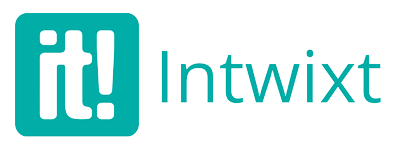In the world of events, the role of event management companies cannot be underestimated. These experts bring years of experience, industry knowledge, and unparalleled organizational skills to the table, transforming ordinary gatherings into extraordinary experiences. Event management companies are dedicated...
 IntwixtIntwixt
IntwixtIntwixt